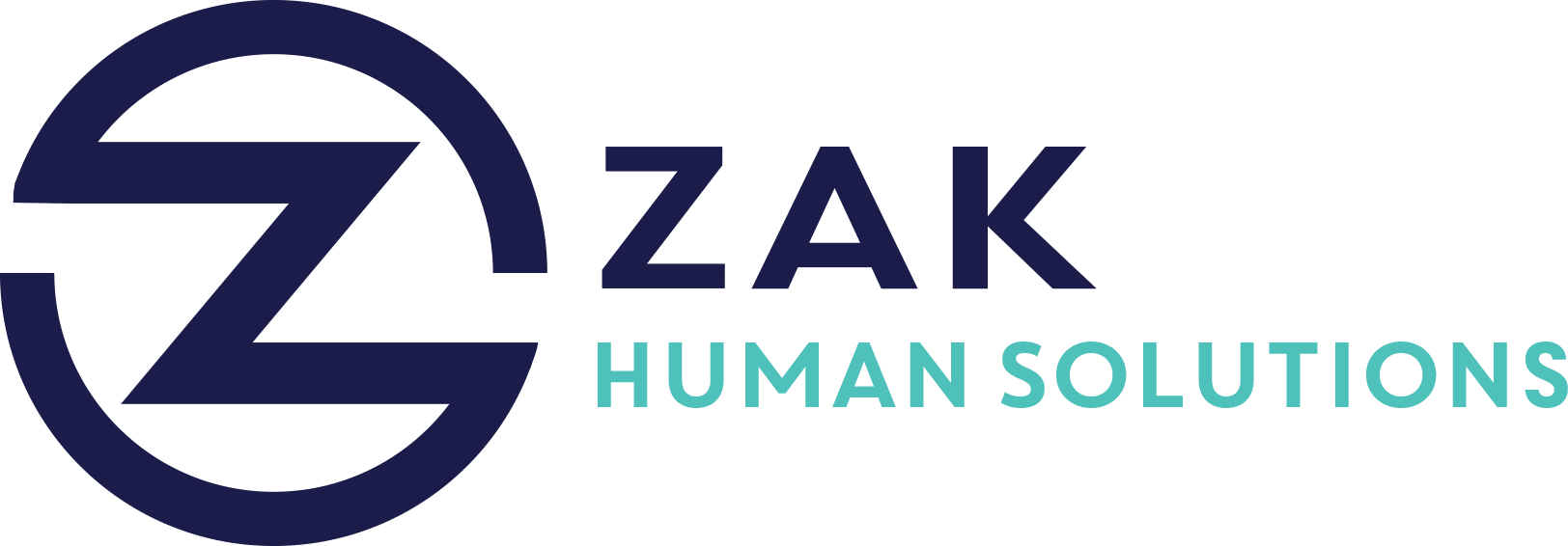Key Takeaways
- Labor markets swing between firm-friendly and job seeker–friendly, making employee retention a challenge.
- Promotion timing is crucial; promoting during firm-friendly markets can help retain employees when the market shifts.
- The “Employability Paradox” suggests promotions make employees more marketable but also more loyal.
- Promoted managers during the Great Resignation were 47% less likely to quit than externally hired ones.
- Promotions enhance perceptions of job security and organizational support, leading to long-term loyalty.
- Internal promotions boost performance and reduce turnover more effectively than external hires.
- The research shows that consistent promotion-first approaches help buffer against economic cycles.
- HR strategies focusing on internal promotions help build resilient, stable organizations.
In today’s dynamic labor market, the pendulum frequently swings between being firm-friendly and job seeker–friendly. This constant ebb and flow create significant challenges for companies looking to retain top talent. As competition for skilled workers intensifies, organizations must adopt innovative strategies to sustain employee loyalty and minimize turnover. Here, we delve into the critical role of promotion timing and its influence on employee retention.
The Challenge of Retaining Talent in Fluctuating Labor Markets
Businesses often grapple with the dilemma of balancing a workforce that fluctuates with the labor market’s changing tides. When the market is firm-friendly, companies may experience an abundance of candidates. However, when it becomes job seeker–friendly, the risk of losing top talent increases as opportunities elsewhere become more plentiful and appealing.
The Power of Promotion Timing
Promoting employees before job markets heat up can be a critical strategy for retention. Timing is key; promoting workers during firm-friendly markets can secure their loyalty when the tides turn. Here’s why:
- Enhanced Marketability vs. Loyalty
The “Employability Paradox” suggests that while promotions increase an employee’s marketability, they can simultaneously enhance their loyalty. Promoted individuals tend to feel more valued and secure, fostering a stronger psychological contract with their employer. - Impact of the Great Resignation
During the Great Resignation, promoted managers were 47% less likely to quit compared to externally hired counterparts. This trend underscores the value of internal promotions as a tool for mitigating turnover. - Security and Support Perceptions
Promotions contribute to higher perceptions of job security and organizational support. These factors, particularly during economic uncertainties, can significantly bolster long-term employee loyalty.
Advantages of Internal Promotions
Internal promotions not only reduce turnover but also contribute to better performance outcomes. Here’s how:
- Performance Boost
Internally promoted employees generally outperform those hired externally. They are often more aligned with the company’s culture and objectives, leading to higher performance ratings and contribution to revenue. - Turnover Mitigation
The act of promoting from within can effectively reduce subordinate turnover rates, stabilizing the workforce and reducing hiring costs. - Buffer Against Economic Cycles
A consistent promotion-first approach helps organizations buffer against the adverse effects of economic cycle fluctuations. It instills a sense of job continuity and growth that is critical during uncertainty.
Strategic HR Approaches for a Resilient Workforce
A promotion-first approach can solidify a company’s ability to navigate economic cycles and retain valued employees. Here are several strategic recommendations:
- Adopt Long-term Talent Management
Move beyond reactionary hiring practices. Develop talent from within and signal commitment to employee growth and advancement. - Leverage the Employability Paradox
Recognize that while promotions might enhance external marketability, they also deepen loyalty, often reducing the likelihood of departure. - Promote During Firm-Friendly Conditions
Use periods of firm-friendly conditions to strengthen internal talent, ensuring that employees feel valued and committed as the labor market becomes more competitive.
Navigating the complexities of today’s labor market requires a strategic and forward-thinking approach to talent management. Focusing on internal promotions can not only secure employee loyalty but also prepare organizations to face economic shifts with a stable, resilient workforce.




